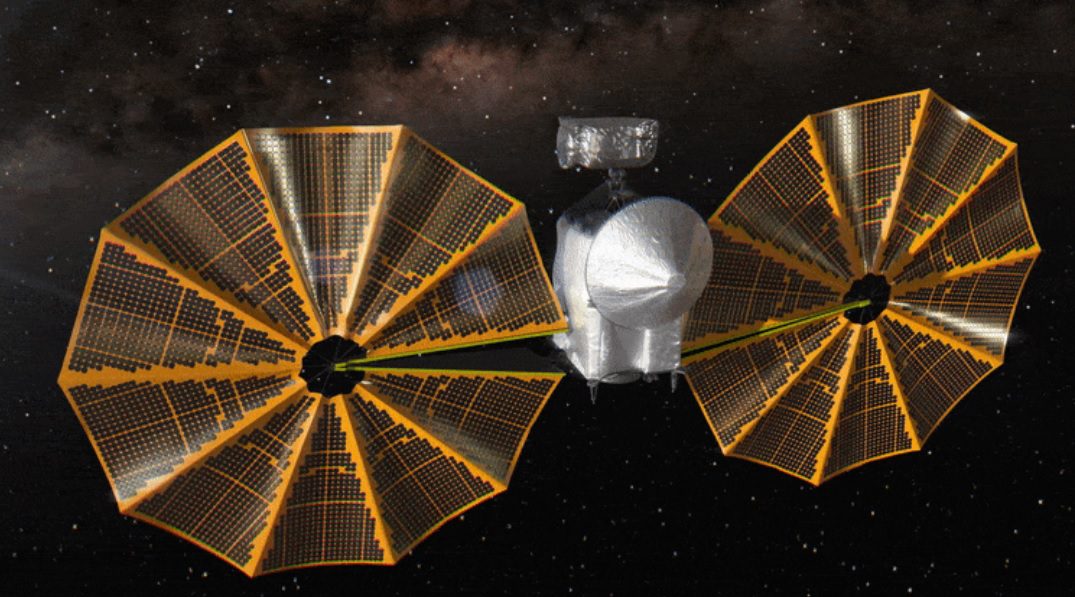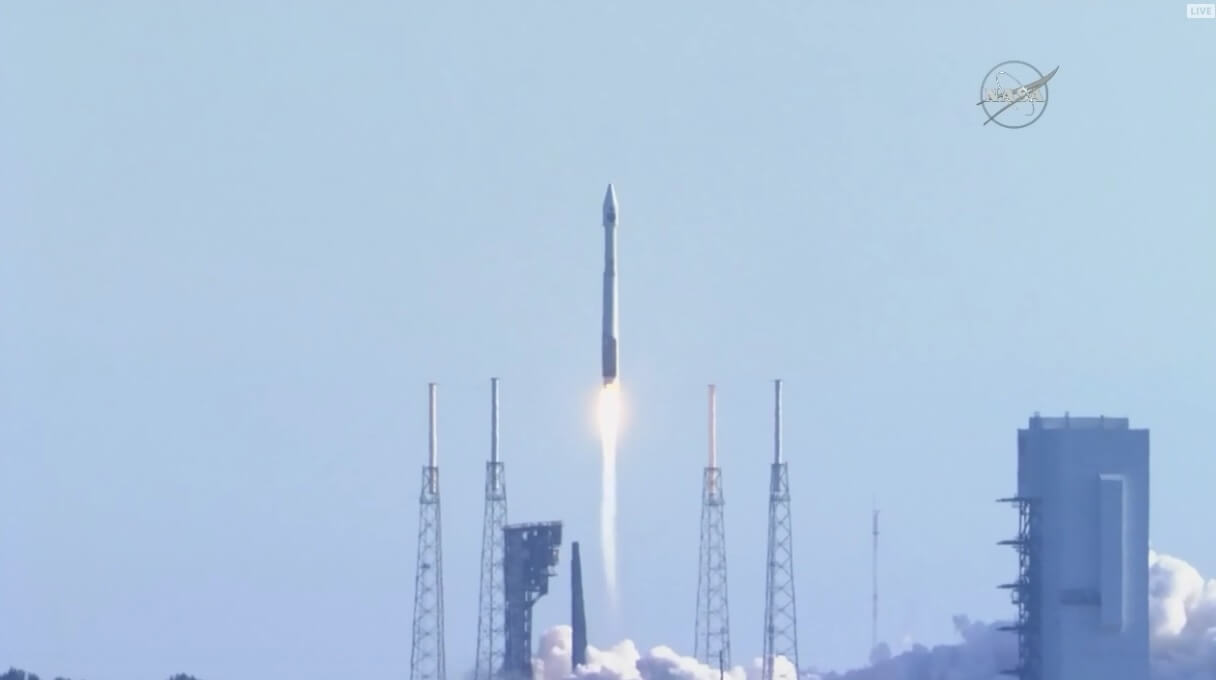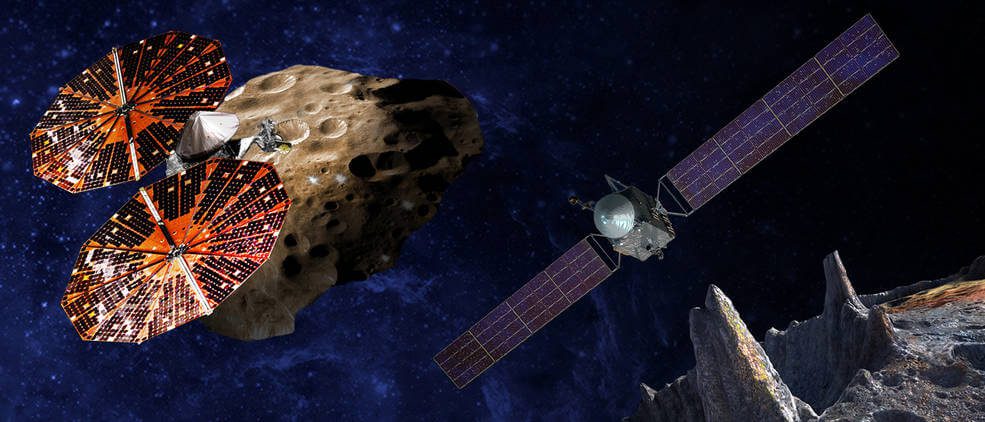The Ares V Earth departure stage (EDS), Altair lunar lander adaptor, visible in this picture has been a cause of concern for NASA because of the extra mass it could represent
NASA’s own documentation states that “Given the fact that the EDS/Lander adaptor…is not part of the Lander…mass allocation; there is a possiblity that any change in this situation will adversely impact the Lander budget and control mass.”
In presentation images and data the adaptor’s mass is not included in the p711-B design that is being used by companies for NASA’s safety improvements study (although there is a manager’s reserve figure that could encompass it) and this “minimal functional” concept has not been resized for Ares V’s 10m diameter shroud change either – or the expected forthcoming change to an Ogive shape
The image below from NASA’s Lunar Capability Concept Review shows the adaptor structure and itemises design changes related to the Ares V shroud change
That shroud change has added mass to the Lander and according to NASA reports the LCCR was expected to “formally capture the EDS adaptor DDT&E responsibility, as well as the Altair mass allocation including the adaptor”. The due date for all that was 18 July
The result of the mass conflicts is that Altair now has a payload/rock sample capability of just 100kg (220lb), 10kg less than Apollo, when the planned week-plus sorties for early Constellation lunar missions are expected to see astronauts produce over 300kg for analysis on Earth
The history of this situation began with last year’s LDAC-1 delta and its initial estimate of the lander configuration and adaptor mass
While the Altair project office was apparently assigned the adaptor responsibility on 26 September last year, as of June this year there was apparently no documentation in existence to formally record this decision
Since June evolution of the EDS interface/adaptor has been ongoing and the adaptor may become “integral to the Lander descent module”. Lander Design Analysis Cycle (LDAC)-2 is going to contribute to this adaptor resolution process and LDAC-3 should be underway by October
Outstanding activities are to identify appropriate Constellation programme documentation to record this EDS adaptor responsibility and incorporate that into “identified Constellation documentation” and to begin the integrated lunar architecture analyses




